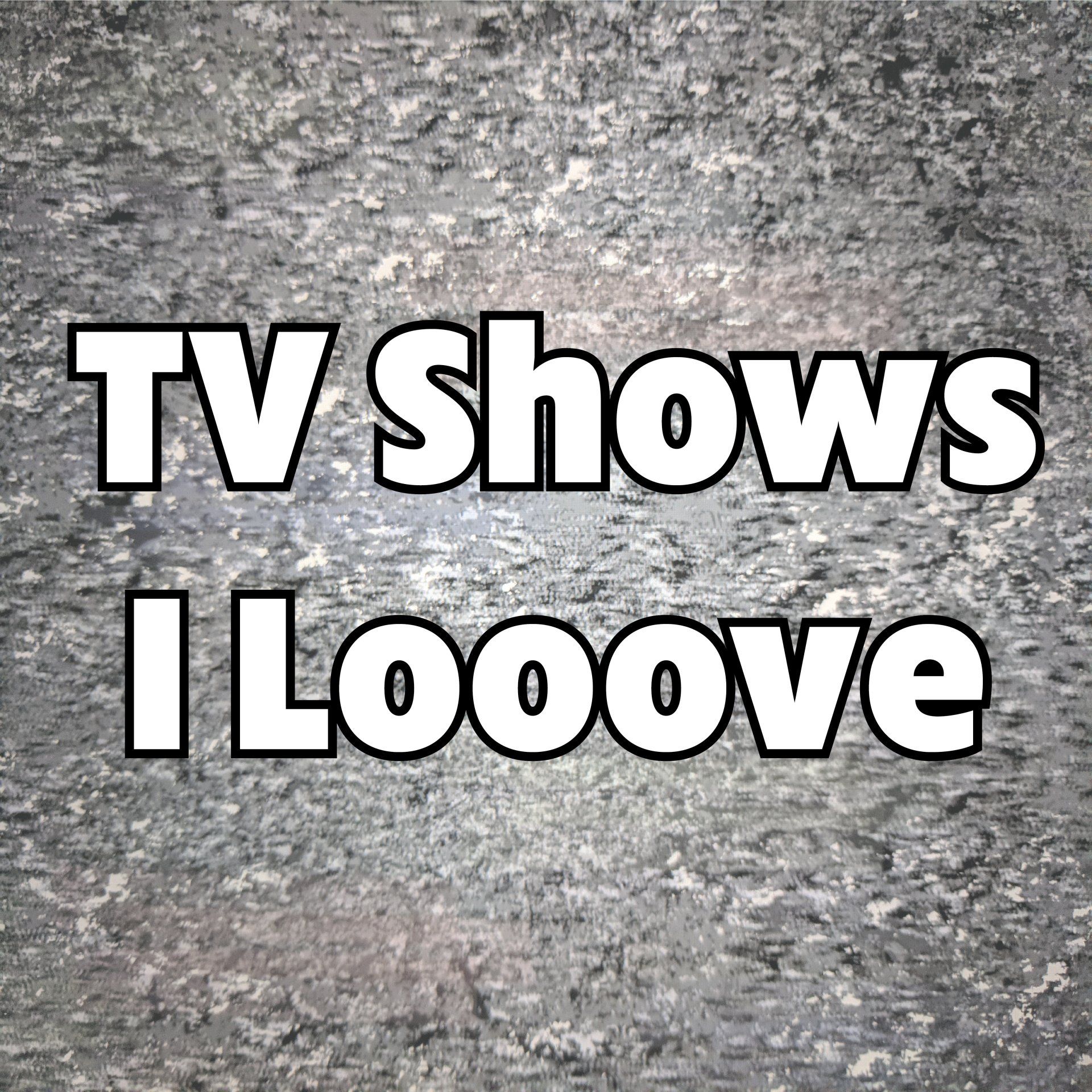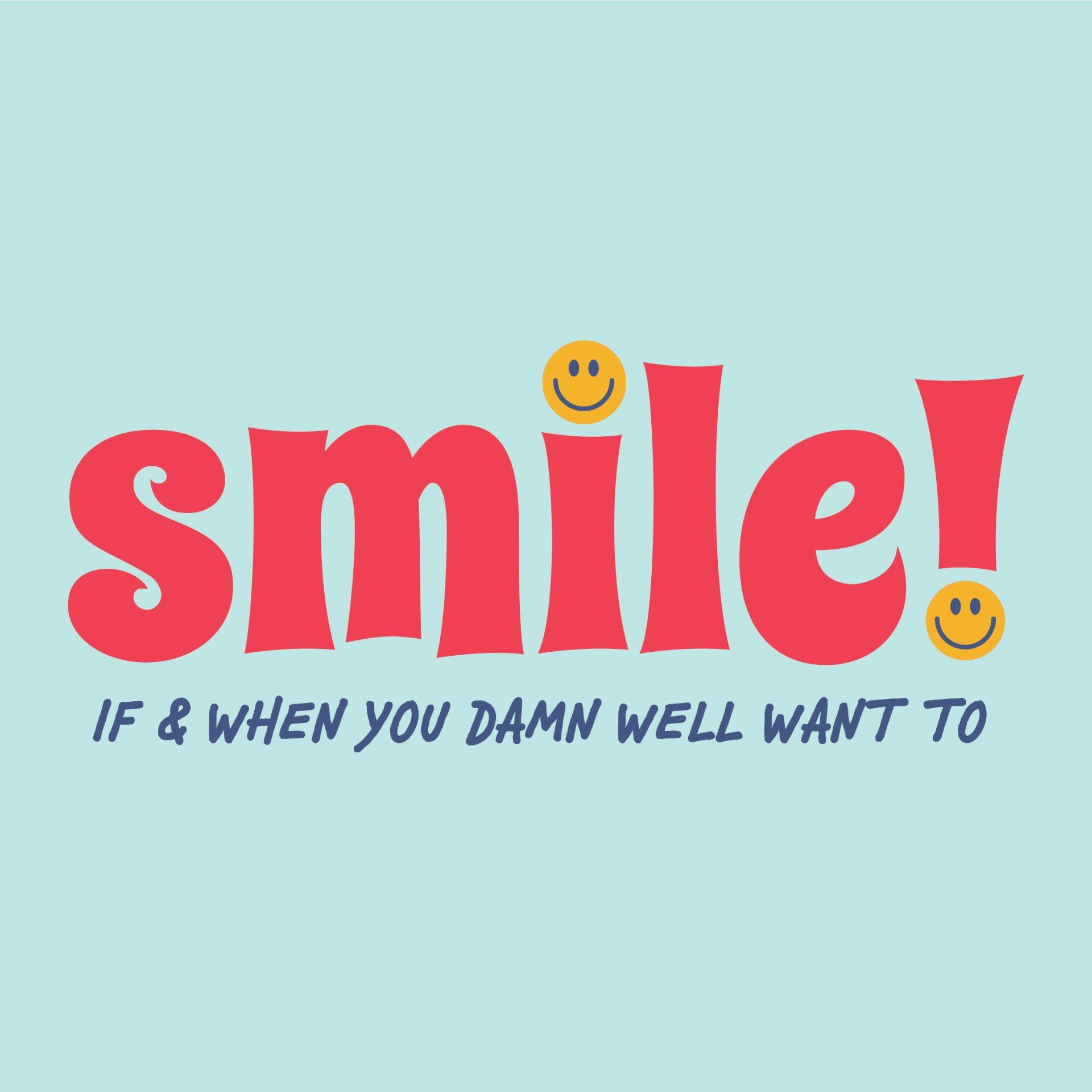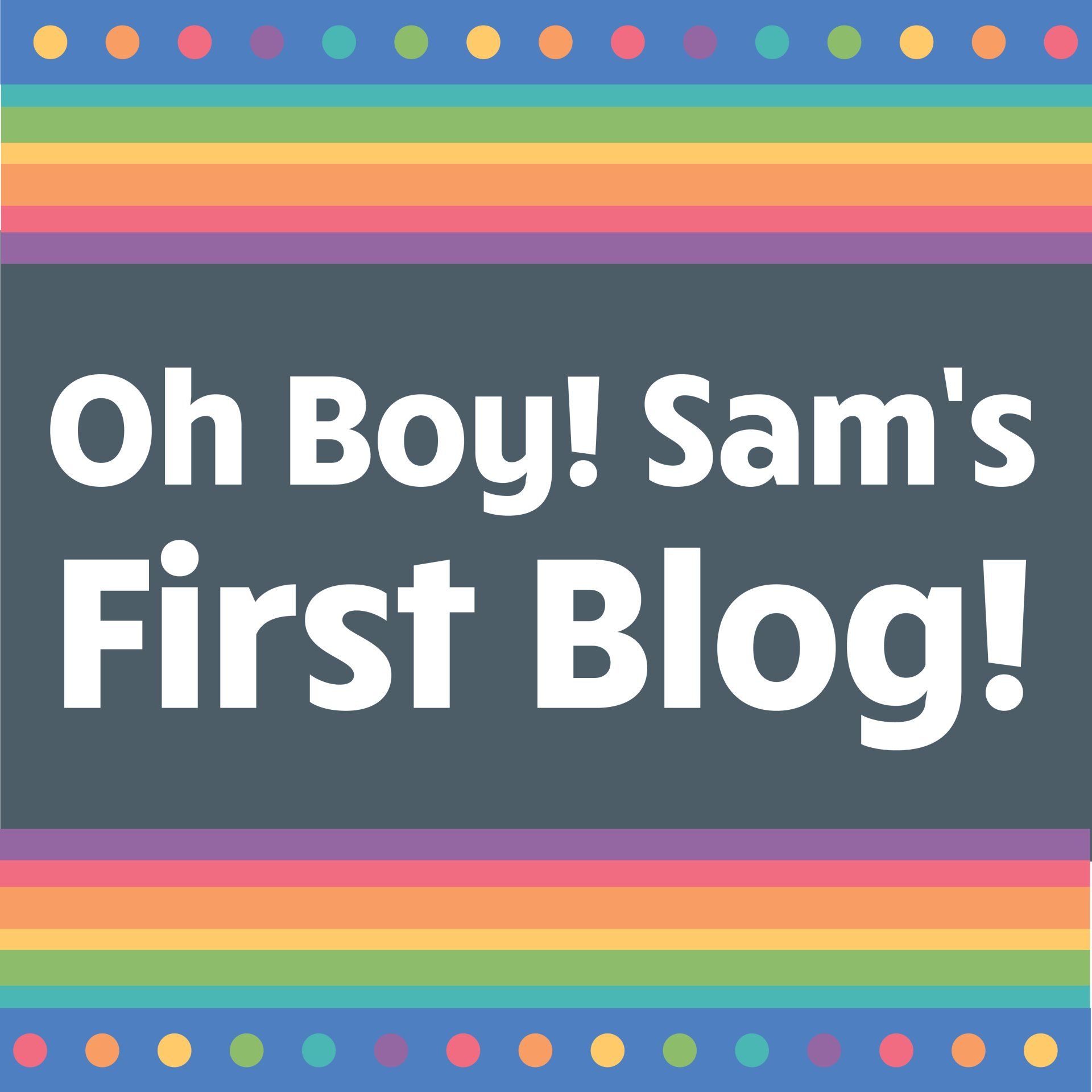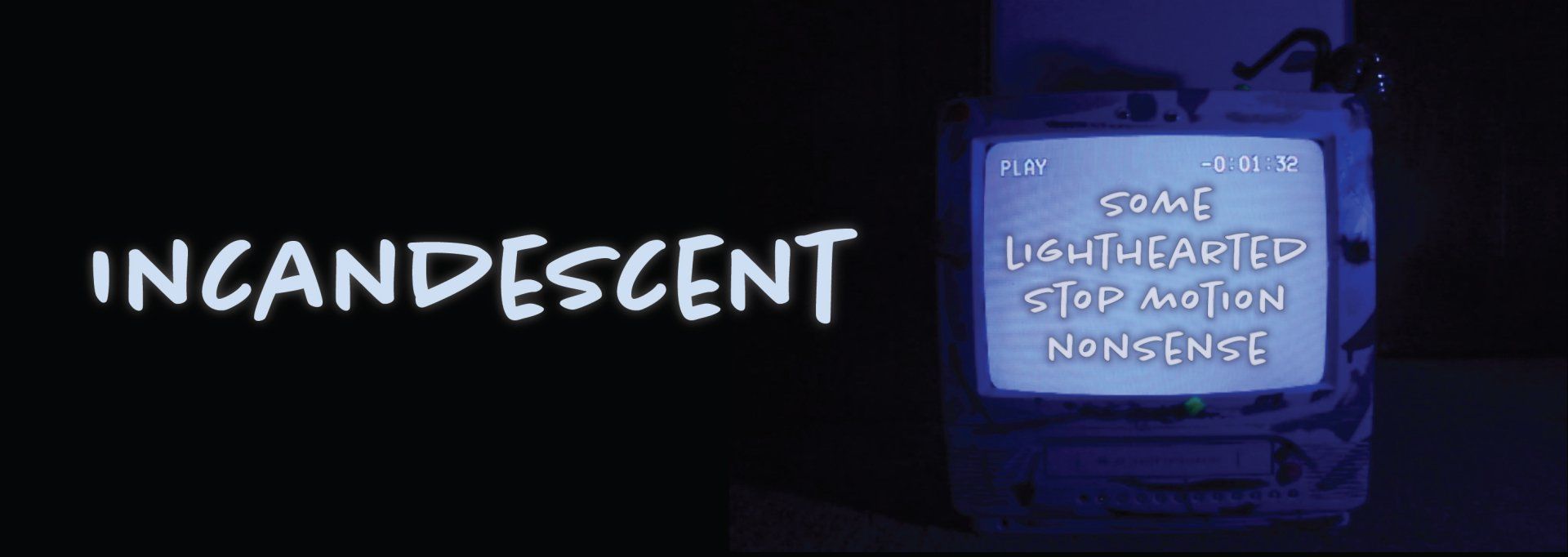
This video is probably one of the greatest things I have ever made. Or maybe it just is the greatest thing I ever made, full stop. This was my final project for a photography class I took at UNM in the Fall of 2016. I still have the TV sitting in my room—it’s been a permanent fixture since I finished the project, because I don’t know where to put it. It’s one of those things that’s been sitting there for so long that I don’t even notice it. Well, I noticed it the other day and thought, “I haven’t watched that video in a long time. I wonder if it’s actually as cool as I remember.” So I pulled it up, and great news! It’s as cool as I remember.
The idea for this video came about when I was told my work wasn’t deep enough— I needed to create something with more meaning, dig down into the dark depths of my soul. No one actually told me to go into the dark depths of my soul, but it was kind of implied.
The critiques of my work were warranted. Most of my projects in that class were explorations of techniques more so than trying to communicate some grand message. Does everything need to be so deep all the time? Maybe for some people, but I don’t think so. One critique that stood out, which was actually for the last project before this one, was for an assignment where I decided to make a zoetrope. I had never made a zoetrope before, and it took a lot of trial and error before I ended up with three very simple animations. I even said at the time that it wasn’t so much about what the animations were, but what it took to get them to actually work. My teacher invited one of his grad students into the critique and she kept suggesting ways to add “tension” to the work. I asked, “But why does it need ‘tension?’” I don’t remember the whole conversation, but it basically culminated in me frustratedly saying, “I don’t need to tell everyone about my problems.” And her replying, “Well, we
want to hear about them. As long as you tell them in a compelling way.” And me saying something along the lines of, “Okay. Maybe I don’t
want to tell people about my problems.”
I know that doesn’t reflect well on me as an art student to be kind of arguing during a critique, but I’m pretty sure that’s the only time I really got sassy when someone was trying to suggest ways to improve my work. I normally do appreciate people’s suggestions— I know they’re just trying to help! And she was, too. But I was getting fed up. It was an obvious pattern in so many of my art classes, and in the art world in general, that negativity is given more weight, more respect, than positivity. I don’t understand that. I don’t think there’s any more meaning in pain than there is in joy, and joy isn't inherently immature.
(Side note: Brie Larson’s movie
Unicorn Store on Netflix deals with this idea, and I highly recommend it!)
I understand that making art about the pain in life is a way for some people to process it. It also gives their audience a chance to see they’re not alone in their struggles. That’s great, and I appreciate the value in that. A lot of things I love are sad. But that’s not how I want to work, and I shouldn’t be expected to. I know that there’s a lot of pain in life, but that’s my point. I prefer not to dwell on it, and I don’t want to add to it. As an artist, and, more importantly, as a person, I would much rather make someone laugh than move them to tears.
This is part of what was going on in my brain when I was trying to figure out what to do for my final project. I was determined to make something joyful. I was also wracking my brain trying to figure out something deep and meaningful to say. I have a tendency to overthink everything, which means I often go too far into my own head, and I end up getting stuck. I had no good ideas. I tried a couple different directions, but they just felt forced and weren’t working. And then it hit me: Dada!**
**A quick aside for anyone unfamiliar with Dada: It started around World War 1, when a bunch of artists were distraught at how screwed up everything was and all the suffering they had witnessed. They thought that logic and order were what created the mess, so they started a new movement that broke all the rules and rejected logic in protest.
So anyway, I’m overthinking everything and then it hit me: Dada! I could make something that was meaningless in protest of this push for my work to have more meaning. I wasn’t sure if it was brilliant or one of the stupidest ideas I ever had, but I went for it.
And I had
fun. I shot a bunch of weird scenes. I recorded my animals making funny sounds. I wrote down gibberish and asked my friend to sing it for me. I painted an old TV and glued a bunch of random things to it.
Then, after editing everything together, I burned it onto a DVD so I could transfer it to a VHS. I had no idea if this was going to work, because technology can be a jerk. I needed it to be on VHS so it could play on the same TV that I already featured in the video, and the viewing experience could be sufficiently meta. (I also loved that VHS tapes are so obsolete, because it added to the Dada-ness of it all.) Somehow, the stars aligned just right for it to all work out. I had some backup plans, if I needed them, but luckily I didn’t! An added benefit of burning it to DVD and then transferring that to VHS was that it added some weird glitches that, I think, just make the video even cooler.
I was so happy with what I made and that it all worked out how I wanted, so I was excited and nauseous about critique. I remember walking to class that day with my weird little TV on a dolly thinking, “This is either going to go reeeally well, or reeeally bad.”
It went reeeally well. (Yay!)
When it came time to talk about my work, I BSed something about how I was inspired by Dada because of the horrifying state of the world (December of 2016… yikes). I was too afraid to admit that I made something meaningless, basically out of spite (I’m only rebellious to a point, because I’m a nerd and still wanted a good grade). Everything I said was true— it just wasn’t my actual intent with the video. To kind of paraphrase the Mad Hatter: I meant what I said, but I didn’t say what I meant.
I wish I had stayed true and discussed my actual intent with the project. Ironically, the truth was probably more meaningful than whatever I actually said during critique, but I was still feeling too sassy and I’m not sure I would have been able to articulate all of my feelings well enough at the time. In the end, I guess the pushing worked and I paradoxically made a deeper meaning with my meaninglessness. I also brightened people’s day with my nonsense. It was a win-win.
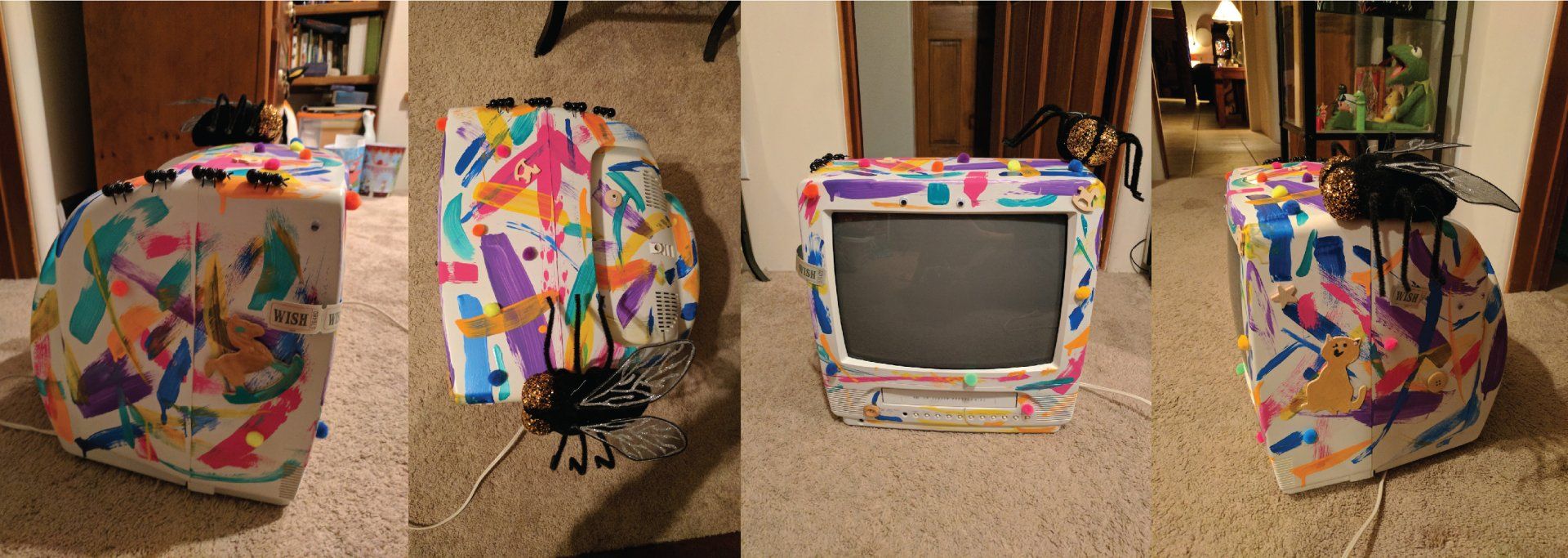
Oh Boy! Sam's Blog
